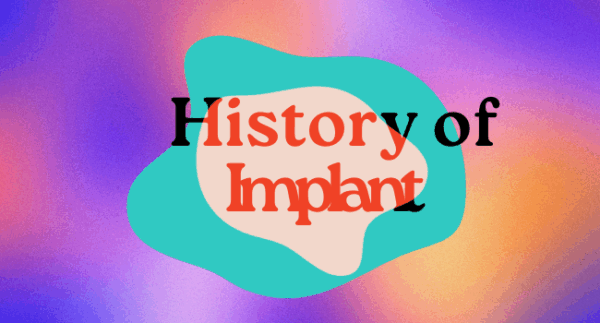Contraceptive Pearl: Nexstellis
Written by Iffie Ikem
Most combined oral contraceptives (COCs) are made from a combination of ethinyl estradiol and a progestin. However, in 2021 the FDA approved Nextstellis (Drospirenone-Estetrol), a new combined oral contraceptive containing Estetrol. Synthesized in a laboratory using a plant source, estetrol is chemically equivalent to the estrogen made by the human fetal liver.1-2 Is human-derived Estetrol superior to forms of estradiol commonly used in combined oral contraceptives?
Estetrol has been advertised to hold promise regarding cardiovascular safety, blood clot risk, as well as potential for fewer risks regarding breast and bone health due to its selective estrogen receptor activity. Currently, however, safety data for this new combined oral contraceptive is only available from pooled data from two open label phase III trials. In these studies, 28.9% of participants reported adverse effects, the most common being period irregularities.3 This occurrence in menstrual irregularities appears to be similar to other combined oral contraceptives.4 The incidence of venous thromboembolism (VTE) in Nexstellis users is reported as 3.66/10,000-woman years*, compared to 5-10/10,000-woman years for those taking ethinyl estradiol containing combined oral contraceptives.5 This data would suggest a lower incidence of VTE with Nexstellis. However, further randomized controlled trials are needed to examine this specific topic and risks of adverse events in general.
Regarding efficacy, Nextstellis does appear to have comparable efficacy to other oral contraceptives and has a Pearl Index** of 2.65.3 Again however, randomized controlled trials are lacking and will be needed in order to rigorously examine the efficacy of this new combined oral contraceptives.
Overall, Nexstellis has promise but for clinical practice changes, more data is needed. When speaking with patients, it will be important to weigh the risks and side effects with patients’ desires.
*The studies cited in this Contraceptive Pearl use the term “women.” RHAP recognizes that this language is not inclusive of all people who use oral contraceptives. A person’s biology does not determine their gender.
**Pearl Index (PI): Used to report contraception effectiveness. Defined as the number of pregnancies on method per 100 women in 1 year.
Your Birth Control Choices Fact Sheet
Your Birth Control Choices Poster
Sources:
Pharma-free
The Reproductive Health Access Project does not accept funding from pharmaceutical companies. We do not promote specific brands of medication or contraception. The information in the Contraceptive Pearls is unbiased, based on science alone.

